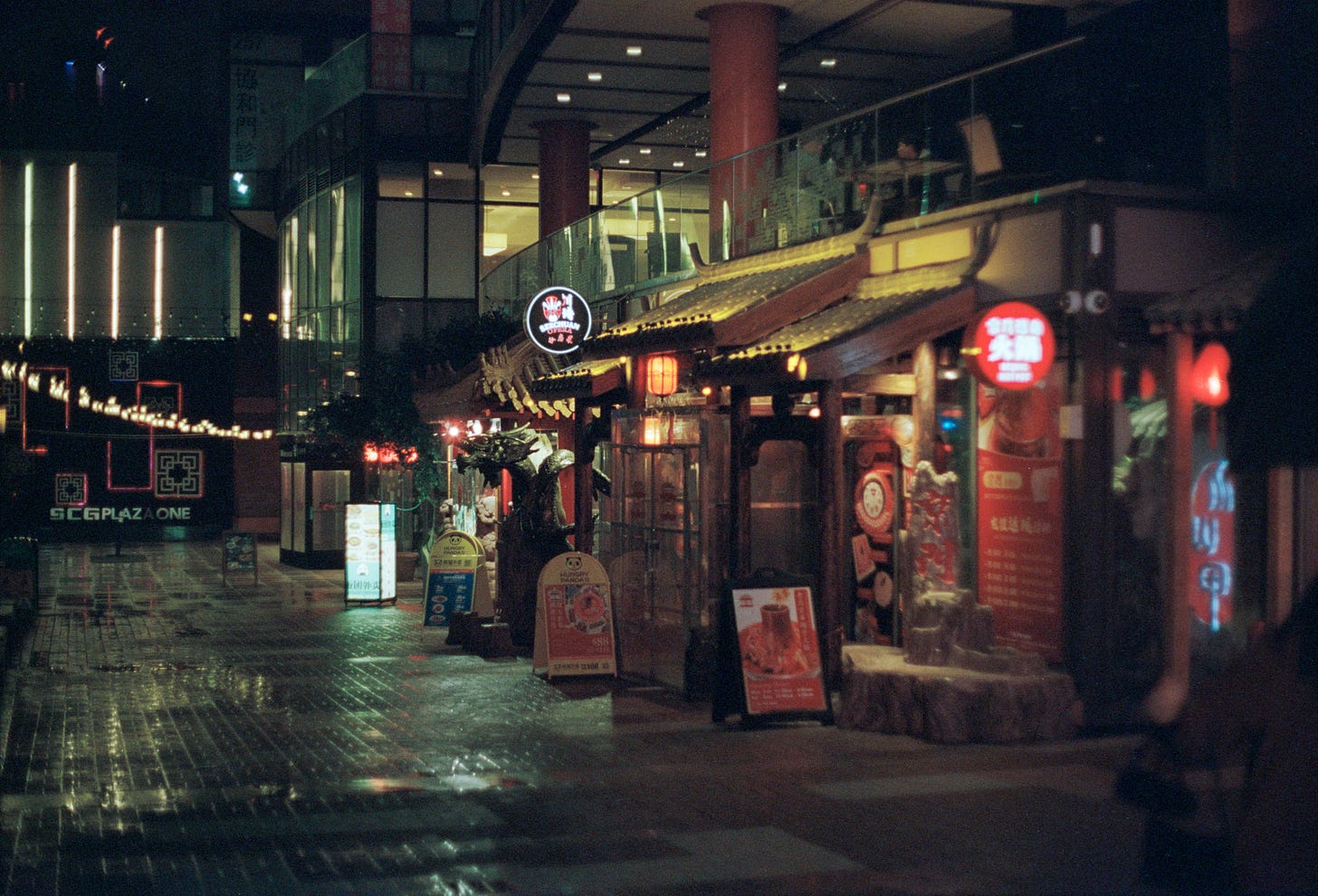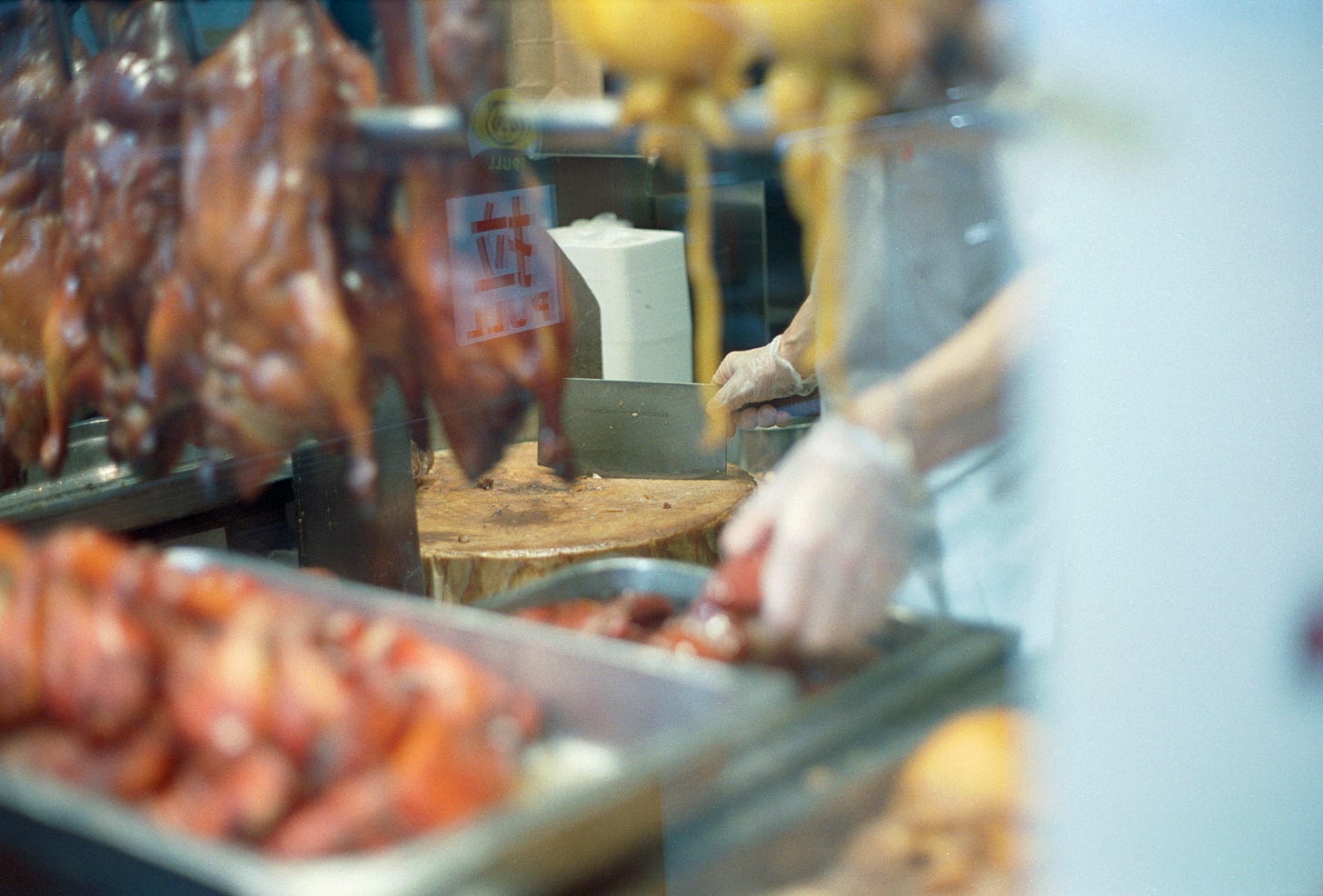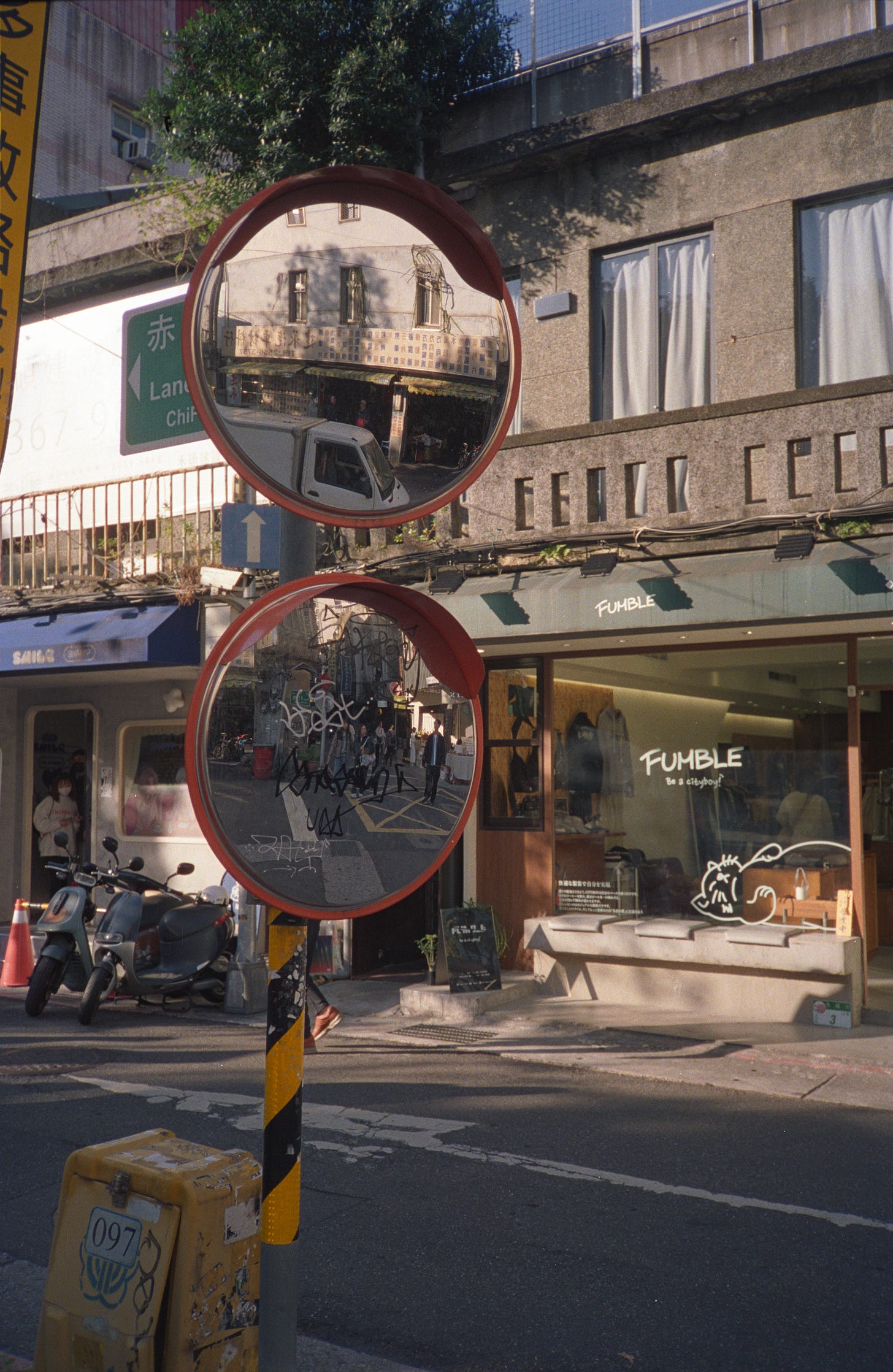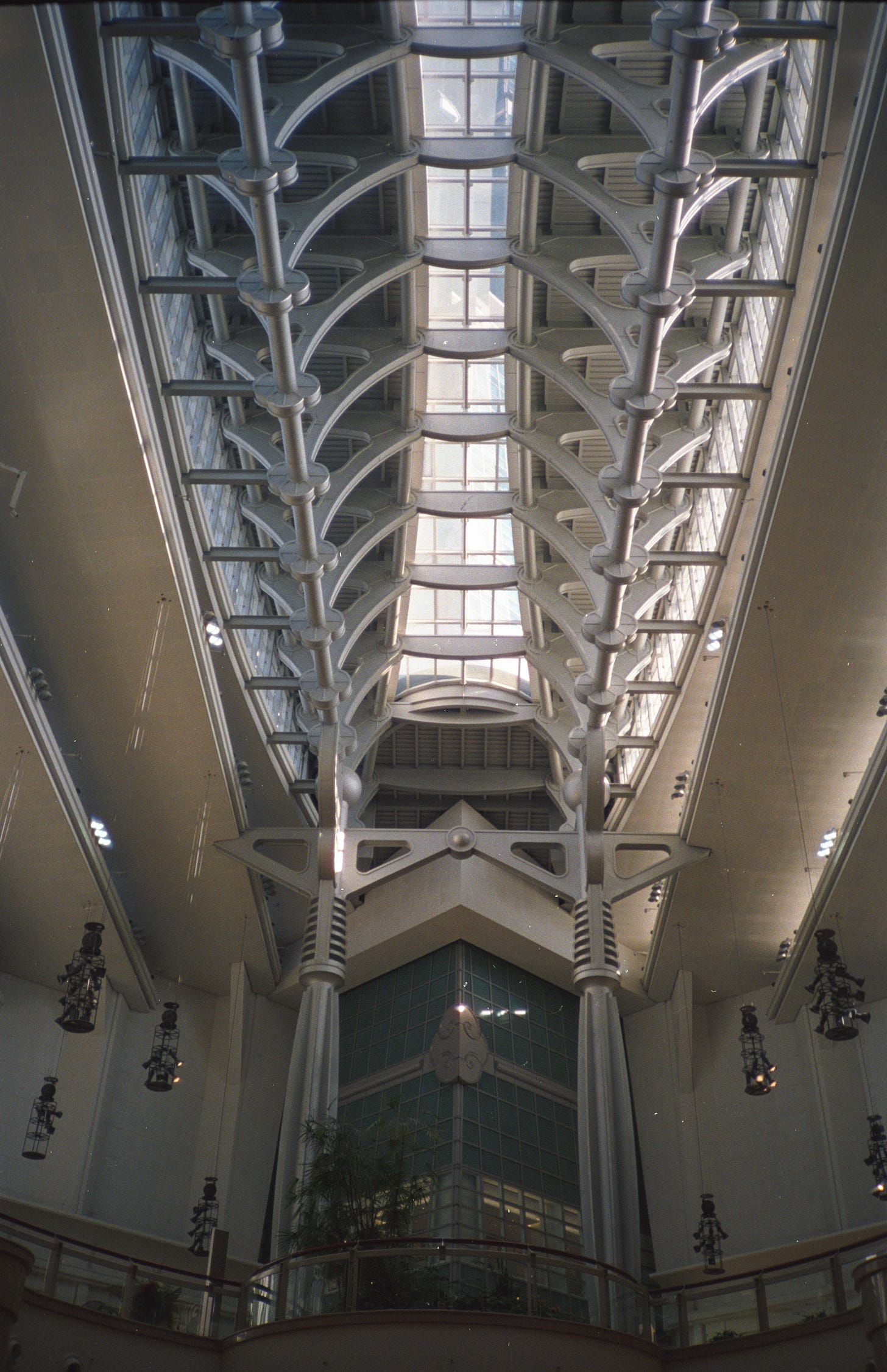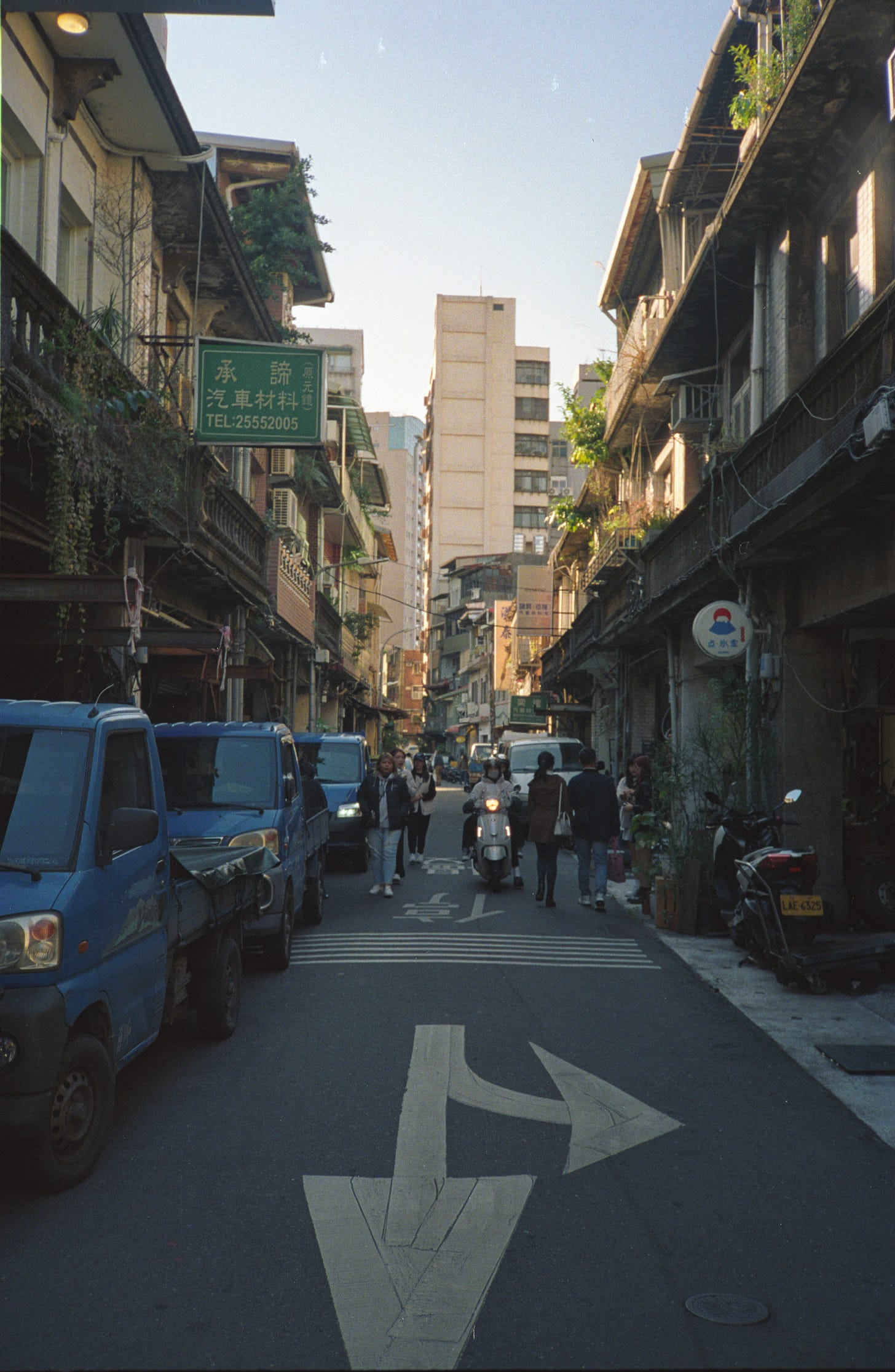Overview
Kodak Professional Portra 800 is the fastest film in Kodak’s Portra line. Further, it’s one of the fastest color films on the market. The only other color options of similar speed at the moment are (1) “800T” films from the likes of Cinestill, Reformed, and Reflx, which are simply Kodak Vision 500T respooled and generally with the remjet removed, and (2) Kodak’s 800 speed film used in their disposable cameras, which is supposedly what constitutes Lomo 800. At $18 a roll, it’s the most expensive Portra, and none of the other 800 speed alternatives are much more affordable.
Andrew’s Thoughts
Camera: Pentax Spotmatic SP (Pentax Super Takumar 50mm f/1.4)
Development: Full Circle Fine Art
Scanning: Plustek 8200i SE, Silverfast 9
I've previously shoot multiple rolls of Portra 160 and 400, but never 800. It came with me on a trip to Flushing, NY, and it performed admirably through a variety of lighting situations.
Under neon lights, where 800T stereotypically shines, Portra 800 holds its own. Highlights lack the strong red halation of 800T, which I'd consider one of the primary distinctions between the films. Differences in color balance aren't as a big of a deal when using photos digitally, but the tungsten balance of 800T might come into play when printing.
The 800 speed provides just enough sensitivity to use indoors with a fast lens, while not being so fast as to prohibit use in daylight or adding too much grain. I'm used to shooting 400 speed film in most situations and switching to (or having a second camera loaded with) 3200 in low light, but having a single film as a middle ground was quite nice.
Latitude was also excellent; I don't use the meter on my Spotmatic and occasionally forgot I was using an 800 speed film instead of 400 when doing sunny 16 calculations, but all the photos turned out okay.
I found the grain quite pleasing and very reasonable for the speed. It's also noticeably less than what you'd get from pushing Portra 400 a stop, which I've done in the past when I didn't have 800 on hand; I've included an example below. I’m quite curious how Portra 800 does when pushed, as a 1600 speed color film would be a fun choice for nighttime.
The choice between Portra 800 and 800T is mostly stylistic, and I can imagine a use for either. I have scanned one roll of Kodak’s 800 disposables, but won’t compare against it due to the significant difference in lens quality. Perhaps more controversially, I might choose Portra 800 over Portra 400 if I could only have one for the rest of my life. I don't mind the extra grain of 800 over 400, and the extra stop comes in handy. If not for the price tag, I’d consider it an excellent all-purpose color film. However, it's hard to overlook the $18 hole in your wallet, and it's the most expensive film I've shot to date. For that reason alone, it’s relegated to a “special occasions” film for me.
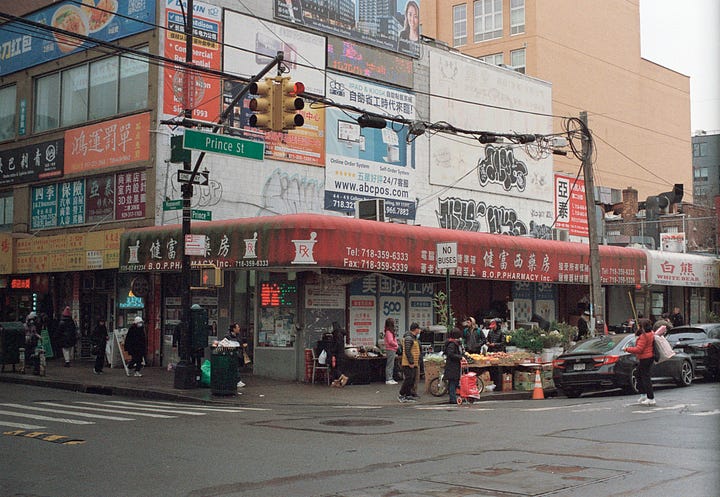
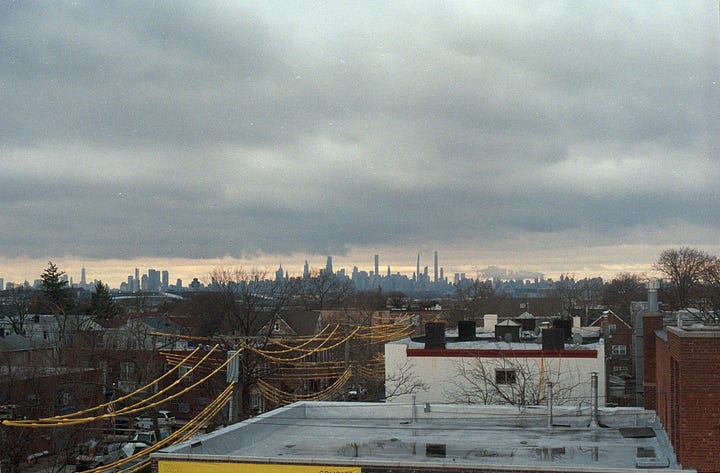

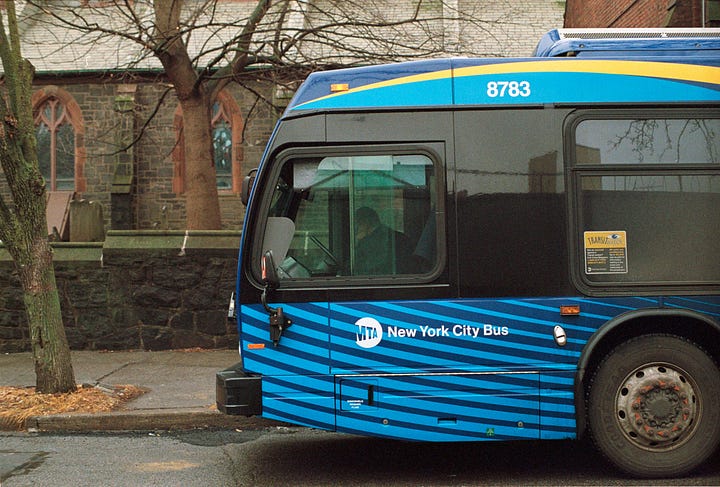
Eric’s Thoughts
Cameras: Olympus XA
Metering: EI400 (developed at box speed)
Development: Pro Photo Connection
Scanning: Nikon Coolscan IV/Nikon Scan/Adobe Camera RAW - I recently got the scanner, am still learning my way around it.
All photos posted as scanned, no crops, edits, etc.
My roll of Portra 800 went with me to Taiwan and was loaded into my Olympus XA as a secondary camera. This really highlighted the strengths of having an 800ISO color film. It directly competed for a slot in my bag with Cinestill 800T/Kodak Vision3 500T, and I’m glad I went with the Portra.
It would be a disservice to Portra 800 to not discuss the colors. They’re great, and it works well in both natural light and under artificial light. Honestly, it’s not something that stands out, but that’s not a bad thing—it delivers consistently, and I did not get any images where I was unhappy with the colors.
The grain of Portra is quite pleasing - smooth, without appearing too crisp and textured. However, it shows up well for a color film, something which I didn’t expect. I feel like it shows grain a lot better than Ektar or Cinestill 800T.
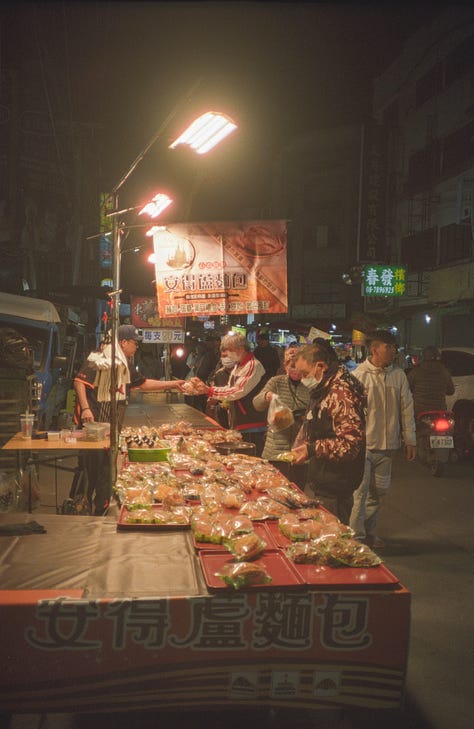
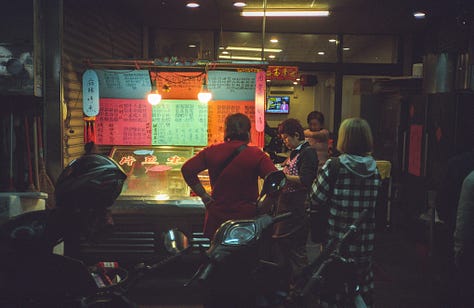
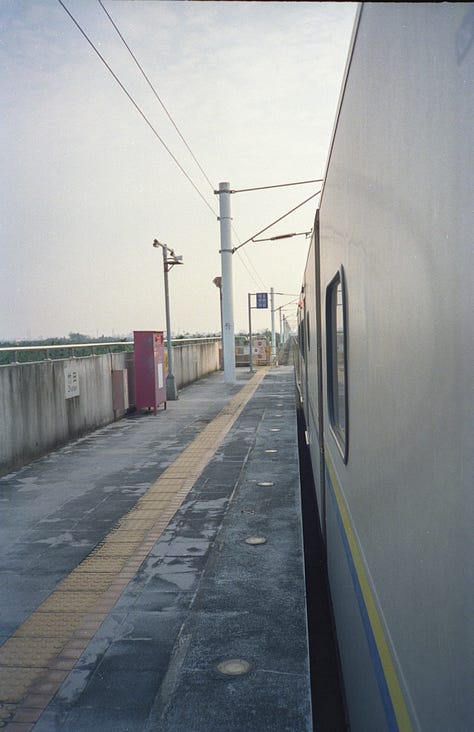
800 ISO is a rarity in color film—only Cinestill 800T provides a similar option unless you pull 800 ISO Kodak out of a disposable. 800 hits a very nice balance—usable in daylight with a large range of exposure settings, and usable indoors and at night with a fast lens. Portra displayed great latitude and was very forgiving to expose. It also brought very nice dynamic range. I will say I felt like the contrast was somewhat lacking, but this is an easy fix in post.
So what is Portra 800 for? It’s a great general usage color film. I’m so glad that it ended up in my Olympus XA in Taiwan—having a roll in a camera that I could grab at any time and get a useable photo made it very versatile. The price is high—it’s one of the more expensive films available—but it does fill a very specific niche where it has no equal. However, at this price, I could see myself taking a high ISO black and white film if I needed the sensitivity.
I like Portra 800. People are always singing the praises of Portra and some of it resonates with me, but I’ll be honest, the biggest plus to me is that it doesn’t halate excessively compared to Cinestill 800T. It’s a solid color film in high ISO, with basically no competitors. This enables my shooting style (lower-light indoors, nighttime), so if color is the choice over black and white, this is something I’ll reach for. Its competitors are too specialized for regular use. I need a film that works for general purposes, as I won’t often be in a situation to shoot a full roll for a specific look.



